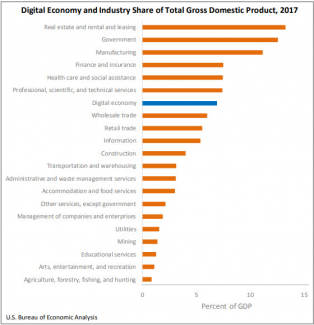Veteran Spectrum Engineer to Lead Office of Spectrum Management
Charles Cooper, a seasoned executive and spectrum engineer with more than 25 years of broad federal and private sector experience, will become the new Associate Administrator of NTIA’s Office of Spectrum Management on July 1. He joins the agency after six years at the Federal Communications Commission directing radio frequency enforcement activities.
Before joining the FCC, Cooper served as senior engineer and partner with du Treil, Lundin, and Rackley, Inc., an engineering firm specializing in radio frequency coordination and design. Cooper is a recognized subject matter expert on engineering principles applicable to a wide mix of communications technologies.
Cooper will lead a dedicated team of recognized spectrum experts whose many years of experience and strong interagency relationships are essential to NTIA’s mission of effectively managing federal spectrum. He will assist the Commerce Department with development of the National Spectrum Strategy, and coordinate interagency preparation for the pivotal World Radiocommunication Conference this fall that sets rules for global use of the radiofrequency spectrum.


